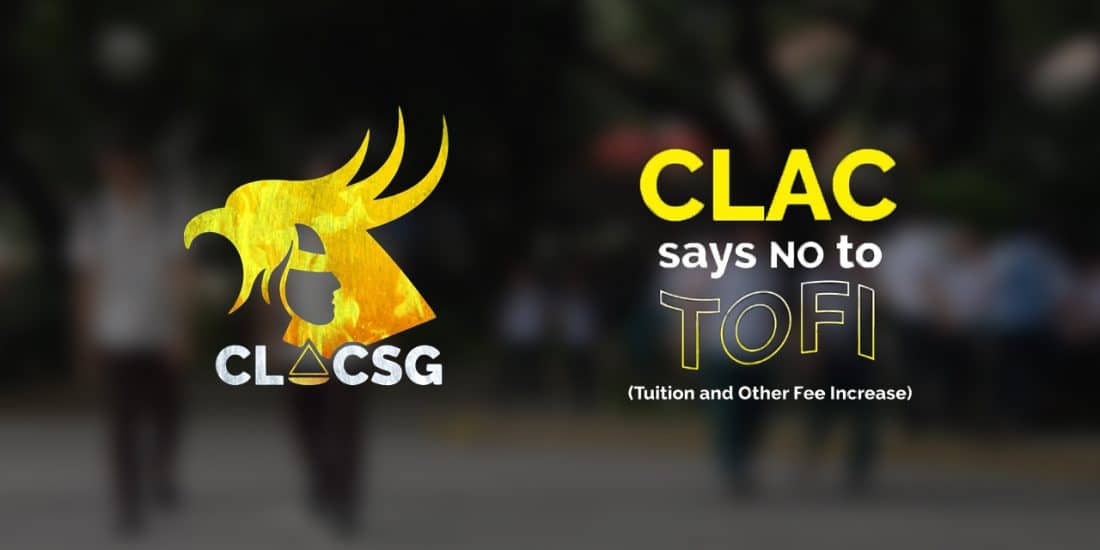Defying the surge: Tuition and other fees increase
There is an inherent reason why organizations and institutions are called “non-profit”, and so do most private colleges and universities here in the Philippines. The sole reason for being a non-profit institution is to stick with its primary mission of providing service—in this case, education—without prioritizing profit that may lead to exploitative practices.
DLSU-D has deliberately increased its tuition and other fees for the past years. In 2017, CHEd approved the 5% tuition hike which the University defended “to sustain the compensation and benefits of the University’s employees.” It continuously increased for the following years. A 29-unit total fee in 2014, is approximately equivalent to only a 20-unit total fee today.
Yet in the first place, the University is part of the De La Salle Philippines system, which makes it known as a prestigious and expensive private university in Southern Tagalog. So this gears to the question: why is tuition fee increase in an expensive private university a big deal? The answer lies within the core of education—that its sole existence is a right and not a privilege.
The surging cost of tertiary education in the Philippines is inexcusable in the first place. Education should be accessible to anyone, regardless of the unjustifiable social status that everyone is forced to live with. The concept of public and private universities just further divides the gap between classes, when in a much better world, funding for education is ideally led by the government.
Students and parents are left with no choice but to drain themselves up to their last cent just to pay for school fees.
In DLSU-D, the most common reasons for the consecutive increases are administrative compensation and campus conservation and maintenance. However, the lack of proper and accessible facilities for study and application compared to other premiere universities in the Philippines, and the encumbering bureaucratic system in the campus seem to contradict the supposed “logical and systematic” reason for tuition and other fees increase (TOFI), which is to elevate and improve the student experience.
The University is submitting to TOFI due to the economic and social model of tertiary education that leans to profit-oriented business, thus is subject to education inflation. This is not an isolated case as other private universities in Metro Manila and nearby provinces are considering increasing their fees too.
However, it is a collective responsibility of the administration and student leaders to fight for the rights of the students to enroll themselves every semester without thinking about whether they can still afford the surging fees or not. This fight is not about the ability to survive and finish college, this is about the students’ rights to attain quality education.
When rights are being compromised because of money, there is only one thing that alludes to that—capitalism. The capitalistic and colonialized orientation of education is exploitative and unjust. Obviously, the Lasallian education won’t be able to get away from that, considering that rich businessmen in the country have predominantly invested in the De La Salle system.
When CHEd approved the increase of 268 HEIs (Higher Education Institutions) in 2017, they highlighted that such approval makes sure that TOFIs are transparent, reasonable and affordable. Yet in the case for the University, students do not have access to financial reports and other financial documents that support university funding and expenditures; these increases still need to be further justified as there are still lack of improvements in facilities and quality of student experience in the campus.
***
Tuition hike is a national problem, but it does not diminish the battle that is within the walls of the campus, such as questioning the reasons behind the increase, giving feedback to the school administration, and seeking for the improvements that are promised. After all, these rights will always be the admin’s responsibility to protect, and the student’s and the student leader’s responsibility to fight for.





